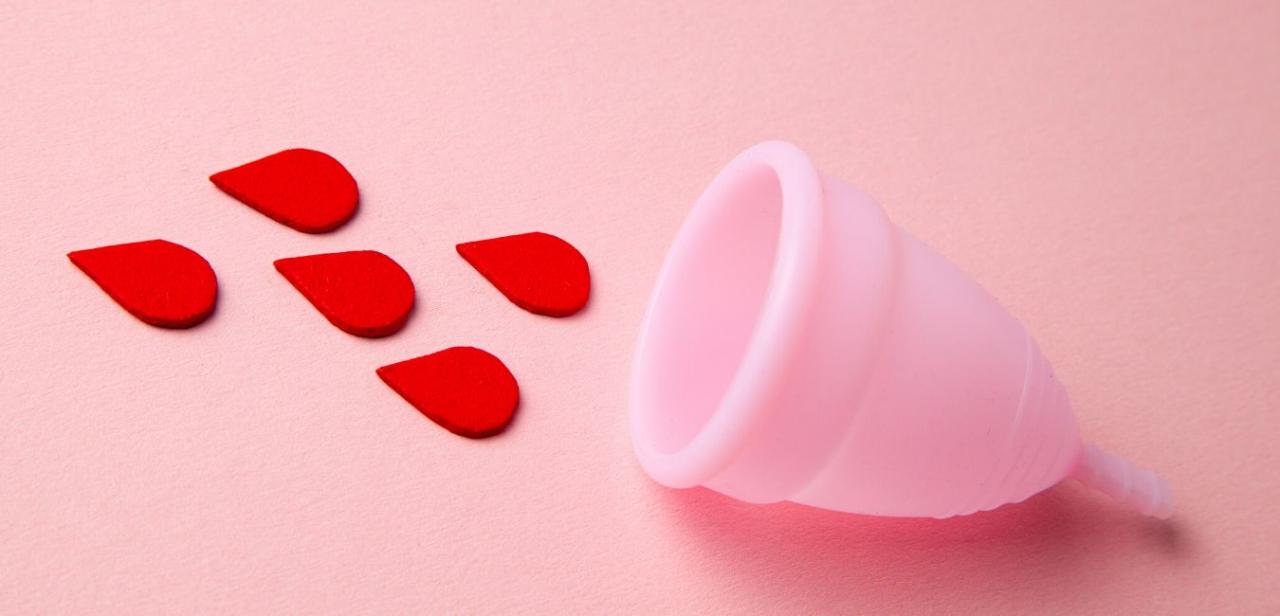Many women choose to chart their monthly cycles in order to determine the days or weeks when they are most fertile. This can be helpful for couples struggling with infertility, but may also be used to avoid pregnancy without the use of hormonal contraceptives or barrier methods.
There are a wide variety of charting techniques, and the method discussed in this article will be the general sympto-thermal method, which is not associated with any particular health or religious group. A full explanation of the method is beyond the scope of this piece, but I intend to provide you with a knowledge of the basics.
The sympto-thermal method is based on two components: body temperature and the amount of cervical mucous (CM) produced by the vagina. (In fact, while recording your temperature is helpful, you really only need to be aware of your mucous in order to chart effectively.)
When a woman is fertile, she produces a vaginal discharge which safely harbors sperm cells and allows them to flow into the cervix through "channels." Without this mucous, a sperm cell has no way of getting to an egg. When a woman is infertile, her vagina is dry and absent of any feelings of wetness.
To chart your fertility, day one will be the first day of your period. You are considered to be fertile during these five to seven days, as it is impossible to check your mucous due to the bleeding. Simply record whether you are bleeding or spotting each day.
After your period ends, you should have four days of dryness during which you should abstain from sex if you want to avoid pregnancy. Only after the evening of the fourth day of dryness can you assume you are infertile. Until you begin to produce CM, you can only have sex every other day if you're avoiding pregnancy. This is so that the results of your CM charting aren’t thrown off by vaginal lubricant or male ejaculate.
The beginning of ovulation will mark your next fertile period, and this is when you will begin to feel CM. To record your CM, simply run your fingers from your urethra down toward your anus before going to the bathroom. You should feel a slippery wetness that is separate from urine or spotting. Record the consistency of your CM in your fertility chart (slippery, pasty, sticky, egg white, etc.).
You will continue to produce CM until the day after you actually ovulate (usually about six days). If you want to get pregnant, this is the time to have intercourse! You will continue to be fertile until roughly two days after you ovulate.
For those attempting to avoid pregnancy, you will obviously need to abstain from intercourse during the time of ovulation. You can begin having sex again once you experience two full dry days, and then may have sex daily until the start of your period.
Many women experience a spike in their body temperature when they begin to ovulate, which is why it can be helpful to chart your body temperature each morning as well (immediately upon awakening).
If you are interested in learning more about charting, consider reading the book Your Fertility Signals: Using Them to Achieve or Avoid Pregnancy Naturally by Merryl Winstein.
----------------------
Shaina Gaul is a feminist and freelance writer living in Iowa. View more of her writing at http://www.couchSpud.net.






Add a Comment5 Comments
Unfortunately, most insurance companies do not cover fertility monitors, however, I am not sure why this is. Natural fertility management (for planning and assisting getting pregnant, or avoiding pregnancy naturally) should be considered an important first step in reproductive health maintenance. Many 'self insured' companies will offer coverage for fertility monitors, as they tend to me slightly more liberal and broad in terms of coverage. It all depends on how the employer set up the program.
December 29, 2009 - 9:59amContacting insurance companies to demand more robust coverage is always a good idea, but in these times of contracting health care coverage, I think it is safe to assume that a successful campaign would require a large number of women to collectively petition.
This Comment
You're right, FAM represents more than a lifestyle choice. It involves the rejection of a physician-oriented picture of health and a fundamental trust in what we see as our natural, feminine, sexual selves. Men cannot always understand this distinction because of their lack of reproductive agency, i.e., they do not have a menstrual cycle and are not able to house a fetus and give birth.
I would like to believe that current trends advocate for our position, but I still encounter considerable doubt when I voice my opinions regarding home births and any births that circumvent the use of drugs.
You mentioned that flexible spending accounts may provide for the use of fertility monitors. Do you think there is any use in contacting major insurance companies (i.e. United, Wellmark, etc.) to request their policies?
December 22, 2009 - 6:23pmThis Comment
Hello Shaina,
First, I would like to express my appreciation for your article. NPF (Natural Family Planning) and FAM (Fertility Awareness Method) are safe, natural and effective methods for pregnancy planning (including avoiding conception) which are overlooked by a majority of the population. OB/GYN's who favor the expediency of the pill and other forms of hormone-based birth control are largely remiss in their responsibility to educate women on natural methods. I am glad to see another advocate taking time to spread the word, as we are discovering (yet again) that so many of these contraceptive formulas are dangerous, if not deadly. Women need alternatives.
However, I am personally an advocate of using technology to facilitate natural contraception and I believe that one of the reasons that so few women choose a natural approach is due to the time consuming and often confusing steps. When a woman has an 8-10 hour workday, a house to keep and a family to maintain, there is so little time to spend on other activities for our own self-preservation. Women want efficient and accurate solutions -- particularly when it comes to contraception/family planning. This is why the pill is so popular. We don't have to think about it. In terms of FAM complexity -- there are 5 types of cervical mucus to identify. Manual charting requires time and precision, otherwise a woman could end up with an unwanted pregnancy.
I would say a quality bridge exists that facilitates the Fertility Awareness Method while providing ease of use -- with 99.3% accuracy without the fuss. I use an advanced fertility monitor, which I found through a natural women's health provider...and I love it. When posed with the idea of going natural, my biggest concern was efficiency (I want to know my body, but have little time) and this device does the work for me. So far, so good. It has been 3 years and thus far it hasn't let me down.
October 20, 2009 - 8:16pmThis Comment
Thank you for your thoughts. I'm glad you brought this up because I know there is some concern about the extra time that FAM takes. One could argue that hormonal contraceptives take an equal or greater amount of time in regards to to visiting doctors, calling in prescriptions, and picking up medications. When I switched to FAM, I personally felt a surge of relief when I realized I know longer had to waste my time fooling around with doctors' offices and insurance providers. Of course this argument could be extended to barrier methods in light of the time it takes to travel to the store and purchase items each month.
However, I get your general "drift" and think that fertility monitors are the perfect solution for women with your concern. Do you think we'll ever see the day when this technology is covered by insurance? *wink wink*
October 21, 2009 - 7:46amThis Comment
FAM is life changing/affirming but adopting the practice requires a radical shift towards self-empowerment and trust. In conversations I have with women new to the concept, I continually hear echoes of doubt -- we are so used to conforming to the notion that we cannot trust signals and signs from our bodies, and that somehow we are too inept to own our experience and should opt for the quick and easy medical/pharma solution. That said, I think the tide is changing and there is a growing trend towards natural health solutions.
November 11, 2009 - 10:41amI have done a fair amount of research on insurance coverage for fertility monitors and the hoops one must jump through to acquire placement on the formularies are impressive. It is not terribly encouraging. However, fertility monitors are classified as medical devices, which means they often can be covered reimbursement through one's FSA/HSA (Flexible Spending Account) plan. It is an imperfect situation, but at least this offers some financial relief.
This Comment